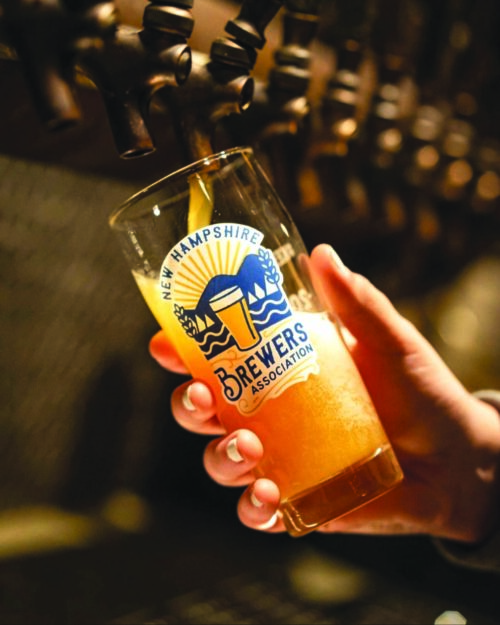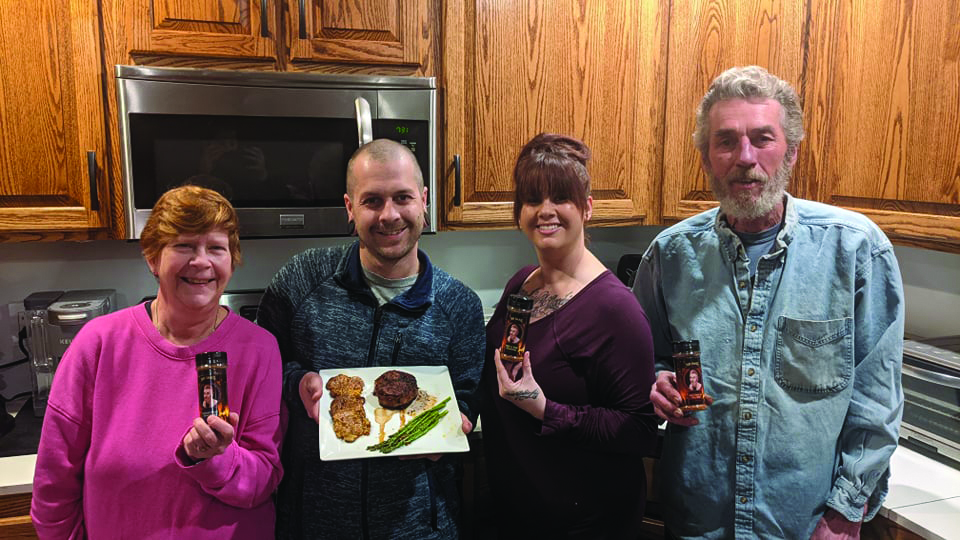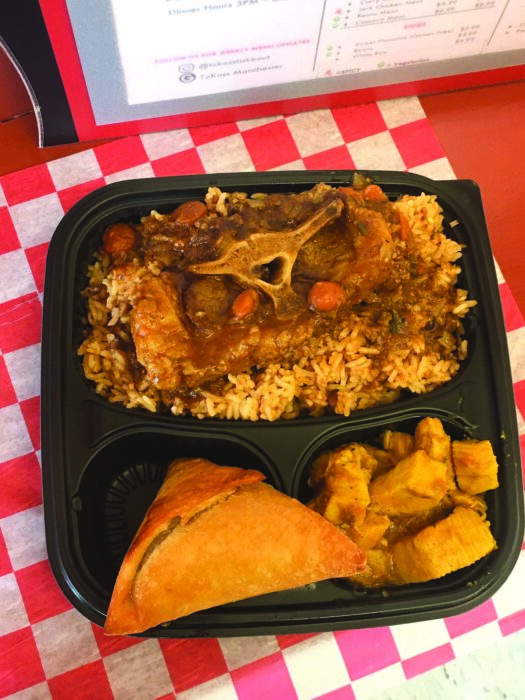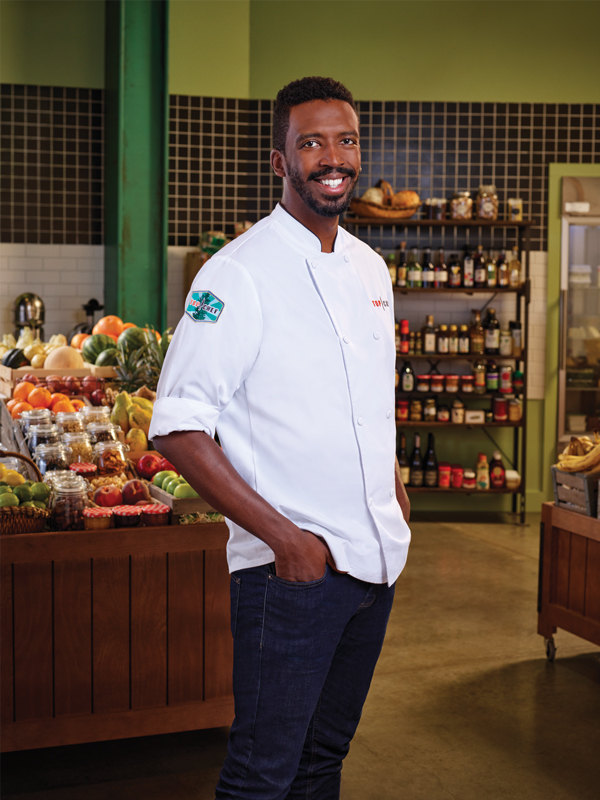New Hampshire Craft Beer Week returns
New Hampshire Craft Beer Week, an annual celebration dedicated to highlighting brewery culture in the Granite State, is returning for its seventh year. Starting Wednesday, April 7, in line with National Beer Day, and continuing through Saturday, April 17, breweries all over New Hampshire will be showcasing special beer releases, hosting virtual events and participating in various collaborative social media efforts to keep the community connected.
Craft Beer Week was introduced by the New Hampshire Brewers Association in 2015, when there were just 44 licensed craft breweries statewide. Today, there are over 90, according to executive director C.J. Haines. In 2019, he industry contributed more than $500 million to the state, the most recent data currently available.
Brewery happenings
Even now, brewers are finding ways to celebrate with their customers.
Several beer trails (you can receive prizes or giveaways based on how many participating breweries you visit) are planned — including a special one through the New Hampshire chapter of the Pink Boots Society. The beer trail is being held in lieu of a collaborative release from women representing multiple Granite State breweries.
Each brewery is instead releasing its own beer highlighting the hop blend released by Yakima Chief Hops. The trail, featuring nearly a dozen craft breweries across Manchester, Concord, the Lakes Region and the Seacoast, will be open throughout the months of April and May with grand prize drawings for those who complete it.
Great North Aleworks in Manchester, in addition to releasing a new lager to benefit the Manchester Historic Association on April 7, will host a trivia night that evening at 6 p.m., featuring executive director and author John Clayton. According to Great North sales and marketing manager Brian Parda, Clayton will be using the Manchester Wall of Fame, the Millyard Museum’s interactive exhibit, to play a game of “Who’s Who” that people can participate in either virtually or in person.
More new brews
In Derry, Cask & Vine owners Andy Day and Alana Wentworth happen to be celebrating the first anniversary of the Daydreaming Brewing Co. during Craft Beer Week. Their venture has gone in directions Day never thought it would go in since the pandemic hit.
“Our original intention was to do English-style ales,” Day said. “We started doing barrel-aged variants with our distillery, which was not what we had set out to do, but the reception has been pretty fantastic. … We’ve also found ourselves in stores and have a few draft accounts in restaurants. That was another thing we didn’t plan on doing.”
Fierce Princess, a German Pilsner brewed with rye and spicy peppers, is a new brew that will be available beginning Thursday, April 15. It’s the first of a series of beers being released that’s based on a Dungeons & Dragons campaign Day is running called Insidious. It will also be the first Daydreaming Brewing Co. beer to come in cans as well as on draft. Three more releases in the series are expected to follow, every four months. The following day, Friday, April 16, they will release a special anniversary ale, Day said, a blend of Daydreaming’s Russian imperial stout, barleywine and Belgian strong dark ale that has been aged in a whiskey barrel.
Lithermans Limited Brewery in Concord also has an anniversary coming up in line with Craft Beer Week — its fifth, according to owner Michael Hauptly-Pierce. On Friday, April 9, Lithermans will be releasing a new double dry hopped IPA called Styles and Dynamics, followed by the re-release of Inner Light Spectrum, a dry hopped Pilsner, on Friday, April 16.
“We opened up an online store as soon as [the pandemic began], and that’s been huge in helping us get through,” said Hauptly-Pierce, adding that the outdoor patio at Lithermans is expected to reopen starting Saturday, April 3.
Last week, Manchester’s To Share Brewing Co. had two new releases of its own — Swhale, a hazy New England-style double IPA with flavors of strawberry, melons and coconut; and Up Cider, a dry hard cider made with orange zest and juice to give it a citrus-y kick.
To Share co-founder Aaron Share said he has plans to collaborate with Martha’s Exchange in Nashua on a beer he hopes to have released by May. The brewery will welcome several live music acts over the course of Craft Beer Week, like Ryan Gagne-Hall on April 10 and Kevin Horan on April 11. It also recently received approval to bring back extended outdoor seating.
“Throughout Covid, we’ve had to continue to adjust our business model in terms of how much canning we do versus what we have here on tap,” Share said. “For a while, we were canning a majority of the beer we were producing, but over the last several months things have picked back up [in the taproom]. … We usually see a dip in business in January, but in fact, January this year was pretty phenomenal for us.”
Looking ahead
The Brewers Association’s annual summer festival was canceled last July, but a couple of virtual or drive-thru events were held in its place to raise funds.
“We did the first one back in May, and I think we hit the timing just right because not everybody had suffered the whole Zoom burnout yet,” Haines said. “We meet with all of the other brewers guilds and associations weekly, and they’ve all done one to two virtual events since the pandemic started. Their participation numbers for those virtual events have definitely dropped.”
Instead of another virtual festival, Haines said, there are plans later this year to introduce a collaborative beer release among local breweries to benefit the Association.
With the launch of its new website earlier this year, Haines said the Brewers Association is now shifting away from its app in favor of a more user-friendly directory.
“There are all kinds of different search filters, so you can tell which breweries have outdoor seating, which breweries you can bring your dogs to, things like that,” she said. “We’re also going to be launching a new campaign on social media called ‘Your Next beer is Here,’ with the emphasis on the ‘n’ for next and the ‘h’ for here to highlight New Hampshire. So it’s going to be a way to encourage people to get out and enjoy their next beer at a place not in their homes.”
New Hampshire Craft Beer Week
When: Wednesday, April 7, through Saturday, April 17
Where: Various breweries statewide throughout the week; follow the New Hampshire Brewers Association on social media or visit their website for the most up-to-date details on special beer releases, events and more
More info: Visit nhbrewers.org or find them on Facebook @nhcraftbeerweek
Feautred photo: Courtesy photo.





